Pros: Sound quality for a headset, build quality, comfort, software, looks and design
Cons: Recording problems, physical size, price
Build quality: 10/10
Comfort: 10/10
Overall sound quality for a headset: 9/10
Isolation: 8.5/10
Microphone quality: 2/10
Software: 10/10
Review price: £180
Value: 7.5/10 (at £180 price tag)
Overall rating: 5/10
First of all I would like to thank SteelSeries for sending me their headset for review. After having previously reviewed the Siberia Elite, I was interested to see how the newer version would compare, both in terms of sound and overall value.
I however had a problem with the recording quality of the headset, where the microphone would pick up a sort of “clipping” sound. I complained to SteelSeries and they sent me two additional pairs, one of which was from a newer non-pre sample batch. Unfortunately the issue persisted throughout my test.
After looking on Google, it was funny to see that several months ago SteelSeries also identified the issue as a known problem on Reddit.
SteelSeries explained the issue on Reddit: “The issue is 100% the soundcard and we have implemented a fix that has been in production for some time now.”
Despite their best efforts and my patience of 3 months (as I held out publishing the review, until I was sent a newer revision of the headset) – the issue is still present.
SteelSeries might have fix it after this review goes live, however for the time being all I can say is that I was sent a brand-new headset, after having 2 sets that had the problem, which came from a brand-new batch.
If my headset comes from a brand-new batch, I can’t being to think what batches resellers across the world have. Of course you can always return the headset after purchasing it, but I’m sure that’s not what you would have in mind for a gift or a headset you wish to buy – so let this introduction to the headset serve as a warning.
In terms of purchasing information, it can be bought from AmazonUK for around £180 and on AmazonUSA for around $200 (prices do fluctuate, but those are the unit prices that I had back in February and will be basing my review on).
As there’s a lot of similarities with the original Siberia Elite, there might be a few sections that are identical to the previous review.
For more information about the headset and its specifications can be found on SteelSeries’ website.
Here’s my video review:
Now let’s get into the written review!
Packaging and contents
Starting off with the packaging, it gives off an extremely good impression of what will lie inside. A big, solid box that has a nice texture to it. A SteelSeries classic now, where every box is made in the same mind-frame, no matter the unit cost. This is something I respect from companies, as they treat all their customers equally.
Moving to the package contents of the Siberia Elite Prism – you get a decent selection of accessories:
- Siberia Elite Prism headset
- 2m extension cable
- 3.5mm mobile termination cable
- Mic/Aux termination cable
- SteelSeries USB soundcard
The accessories included are what you would expect from SteelSeries. It’s nice to see the interchangeable inputs for the headset. I like the fact that you’re able to change from a mobile connection, to a USB soundcard connection.
I should also mention that the headset has an integrated wire, that’s terminated with a 8-pin USB connection (on the left side of the headphone). This also means that the cable cannot be exchanged for another one. With that said, with the cable design being flat, it increases the durability of the headset. In terms of the integrated cable itself, it stretches 1.2m, which is absolutely perfect for listening to your music, with your source in your pocket. The added 2m extension cable makes it absolutely perfect for connecting it to your desktop PC, which often can be over 2m away. Therefore with the combined 1.2m integrated wire and the 2m extension you get a whopping 3.2m of cable. Not great for being cable tidy, but essential for suiting every sort of PC user, which is what I like to see.
The added bonus of having the adapters, makes it great for multiple purposes. Have a top quality soundcard? Great! Use the 3.5mm splitter for mic and line in, or use the single 3.5mm adapter if you want to use the headset as an audio out only device.
Don’t have a soundcard? No problem, use the included SteelSeries USB soundcard.
What SteelSeries have done here is to allow different types of users to use the headset. No matter if you’re a laptop user or a PC user with a soundcard – you’ll be able to use the headset.
Overall, top marks to SteelSeries, especially at the given price range, to include these accessories.
Build quality & Design
The build quality of the Elite Prism is excellent. From top to bottom, I really like what SteelSeries have done with it. This also comes down to the way the headset is designed.
First of all, as mentioned just above, the headset comes with a variety of connections, which allows it the versatility of being connected to different devices. With the cables also being flat designed, it allows the headset to not get tangled so easily and also give it a prolonged life-span.
Moving on from the cable design, the headset also has a 3.5mm input, which allows you to daisy-chain another audio device to it and thereby allowing you to share music, whilst listening to the Elite Prism. This is great if you’re watching a movie with a friend and would like to use your headset and other audio device as a means of listening to it. Not something I personally think is a must-have in any audio device, nor something I would ever use – but useful to have nonetheless and yet again, great job from SteelSeries in thinking about the wider demographic.
On another note, when I first laid my eyes on the Elite, it reminded me of my old favourite headphone, the Sony MDR-XB700s – those Sony headphones were essentially bass driven pillows. Amazing to my ears several years ago – where I used to be a bigger basshead than I am now.
The headset is not only great with connections, but also with other aspects too. Mainly the headband design – which in all honesty is flawless. Easily the best headset design I’ve come across and similar to some high-end audiophile headphones I’ve also tried (such as the Audeze line). Starting from the headband assembly, the materials chosen by SteelSeries ooze quality. With a metal construction and leather padding, the only difference here over the original Elite is that the top metal frame of the headband is black rather than silver – With the headband being suspended, it allows the headset to adjust to your head, rather than you having to play around with any adjustments. This is similar to what I saw in the Siberia V2, which was a design feature that I really liked. The only downfall of the Siberia V2 was the very thin material holding the frame together. It is safe to say that the Elite Prism doesn’t have this problem. It is really well made and suspended strongly. I feel that the choice of having a leather/pleather headband also increases the comfort of the headset. Therefore, the overall build of the headphone and the design is flawless. Something I would like to see more audio companies integrate, let alone gaming headset manufacturers.
Adding to the build quality and design of the headphones, the Elite Prism comes with an LED contour that can be adjusted to your liking via the SteelSeries software. This gives you the choice to customise the colour of your headset the way you want – it isn’t something that’s a must in any headphone/headset, due to the fact that you cannot see it whilst it’s on your head, but regardless, it’s great to have, when you don’t have it on your head, or if you take it to a friend’s house/competitions.
Something that might have been easily overlooked is the mute and sound volume controls of the headset. These adjustments, are by the lights of the headset. There is a wheel, on either side of the headset that allows you easy access to volume (output), not microphone, which is located on the right-hand side; and to mute the headset’s microphone (the amount the mic can be muted, can be adjusted via Steelseries’ software), which is done by the wheel on the left-hand side.
I should also mention the microphone’s positioning and placement. Like with other SteelSeries headsets, the Elite Prism has a retractable microphone (left side of the headset), which is absolutely great for cable management and ease of use. There’s no plugging in and out, it’s just as easy as pulling the microphone from its driver and using it. The wire that the mic has is also very malleable and therefore allows you to position it in any way you see fit. The Elite Prism’s mic also has a small light on it, denoting when it is muted. Therefore when the light is on, it means the mic is muted – a nifty little feature. In comparison to the older version of the Elite, the mic is slightly thinner and has a smaller profile, which is nice to see.
Finally, touching on comfort, the headset is very well padded. The ear pads are nice and soft and also very thick. This means that isolation is aided by it and furthermore comfort, even with glasses on, is excellent. In comparison to the older Elite the Prism has slightly more padding and it’s really nice in terms of comfort. I feel that the Elite Prism have that slight notch in comfort over the Elite’s which makes them flawless in terms of comfort.
All of this just adds to the overall build quality and design. I can’t quite stress how well this is made and really love the fact that it comes from a gaming peripherals company. Why aren’t more headphones (let alone headsets) made like this – is beyond me.
Comfort & Isolation
As you can imagine, after reading the build quality section, the comfort and isolation section is going to be easy to guess.
The comfort of the headset as mentioned previously is excellent – I found the quality of the headset to be extremely good. From the soft padding to the adjusting headband. This headset really does everything right in terms of comfort. I guess I could say that the only comfort flaw of the headset is the reasonably strong clamp they have – it isn’t as strong as some other headphones I’ve previously tried, and nor is it as loose as something like the D2000 – it sits a little more towards to heavier clamp side, but not towards the extreme Beats by Dre scale (which is ridiculously tight).
Overall the comfort is excellent – flawless in every aspect and more so an improvement over the previous version. Following on from the comfort, the isolation is unsurprisingly good. Although not perfect, it is still well above average and almost perfect as far as non-active noise cancelling headphones go. With a closed-back design and large, comforting pads, it’s no surprise the Elite Prism does well in these areas. However, something to note, is that the headphones do leak quite a lot of sound out the headphone. Therefore I wouldn’t be inclined to use it in a public area, where you might disturb others around you.
I should note that over the previous Elite, the Prism had a deeper cup, which meant that rather than sitting on my big ears, it actually was able to cover them better – which is why I preferred the comfort of the Elite Prism over the original headset.
Software
The software as it was the case with the older Elite, is flawless. You’ve got all the functionalities you’ll want to use (such as EQ) and it’s great to have the full control of the headset, for its colour profiles you can set. The vast array of customising you can do is great. I especially love the fact that you can have a “live preview” of what the software features are doing to your sound (ie Dolby sound being enabled and disabled).
Overall the software does everything you would want it to do and really gives you a great customisability that previous models didn’t offer. I’m glad SteelSeries went back to the drawing board for the software and built an improved and much better software.
Sound quality & Microphone Quality
The sound quality was quite an improvement for me, over the previous Elite version.
The lows were slightly different, where the Elite Prism had more of an emphasis on the quality rather than the quantity of bass, which was great to hear (pun intended).The mid-bass was less pronounced on the Elite Prism, but the sub-bass was that touch better, where the newer revision would extend a little better.
With the lesser emphasis on the mid-bass, the mids and highs were positively affected, where they both came out on top. The mids especially were a lot better, and actually drastically improved. I found the mids to be more forward and therefore make the headset sound less V-Shaped. The highs were also better, where they had a better sparkle to them. The headset did still have a roll off, where it was easy to hear them cut off, but it wasn’t as apparent with the Elite Prism, in comparison to the older version.
The soundstage was impressive, as it was with the original headset. Due to the added thickness of the pads, the sound has more time to travel and therefore gives you a better sense of depth when listening to music or hearing footsteps in games. The width of the soundstage was also well done, as you could hear directional sound quite well. I didn’t bother using Dolby surround, due to the fact it sounded like putting your head in a fish-bowl. If you prefer that wide and odd sound, then power to you – but I felt that it really reduces the quality of the lows, mids and highs when activated.
In a nutshell the soundstage was improved with the added deeper pads, that sat on my ears. I felt that with the newer revision of the Elite, that it had a better width, which put together with the added sound quality perks, gave off a better listening experience.
Overall, the sound quality of the headset was better and greatly improved over the previous version. I feel that when used as a headphone, you can really enjoy all sorts of music and more so game comfortably with them on, knowing you’ll hear everything.
However, the microphone was a whole different case. Looking at the above comments in other sections, you might have thought it would be a glowing review and me telling you to go out and buy it – well almost. For me, the mic on a headset is fundamental to its design. Take away its mic, you’re left with a headphone and at that point, you might as well go for a headphone manufacturer, rather than a gaming peripherals manufacturer like SteelSeries.
The microphone had fundamental flaws, where it had constant clipping sounds – this is, as explained in the introduction, due to the soundcard that SteelSeries include – and in order to try and resolve it you have to use the headset in a specific way – where all the above seems irrelevant (ie its USB connection, extension cable or even its lights).
Therefore the recording quality was dampened by the clipping noises that happened, which to me drove me insane listening back to my recordings I did for my review. I can’t imagine what a person on Skype or TeamSpeak would think of me with that type of clipping mic.
Long story short, the mic had problems – on top of that it didn’t aid its case when the actual recording quality was muffled and really didn’t sound expansive. It just left me disappointed on the whole.
Conclusions
In conclusion, the headset is a definitive improvement over the previous version, however due to its fundamental recording problems and more so its significantly higher price (£115 vs £180). At that rate, I would say go out and buy the SteelSeries H Wireless for a little more.
Forgetting about the price differences for a second, the recording problems were monumental for me – the fact a headset not being able to properly playback audio kind of leads me to think – what’s the point of buying it in the first place?
Overall, I can’t suggest anyone going out and buying this £180 headset, with its given problems.
Take away its recording problems and drop the price to around £130-140, then I can see myself actively recommending it.
Hope you enjoyed my review!
–TotallydubbedHD

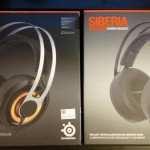
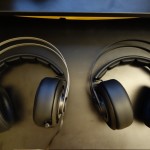
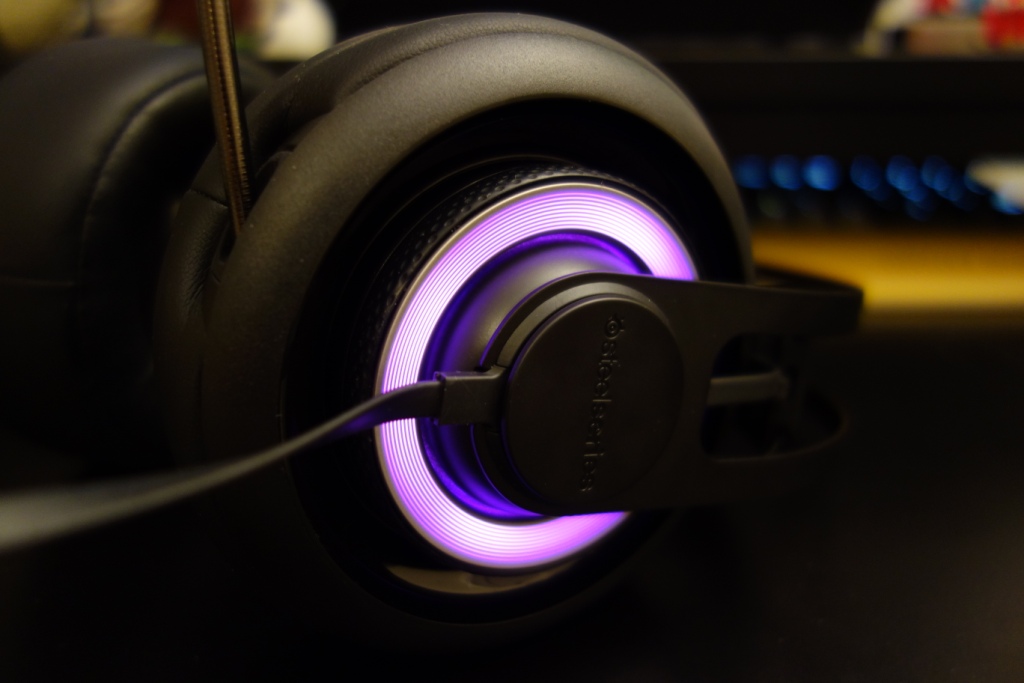
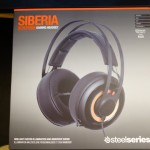
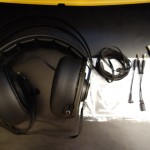
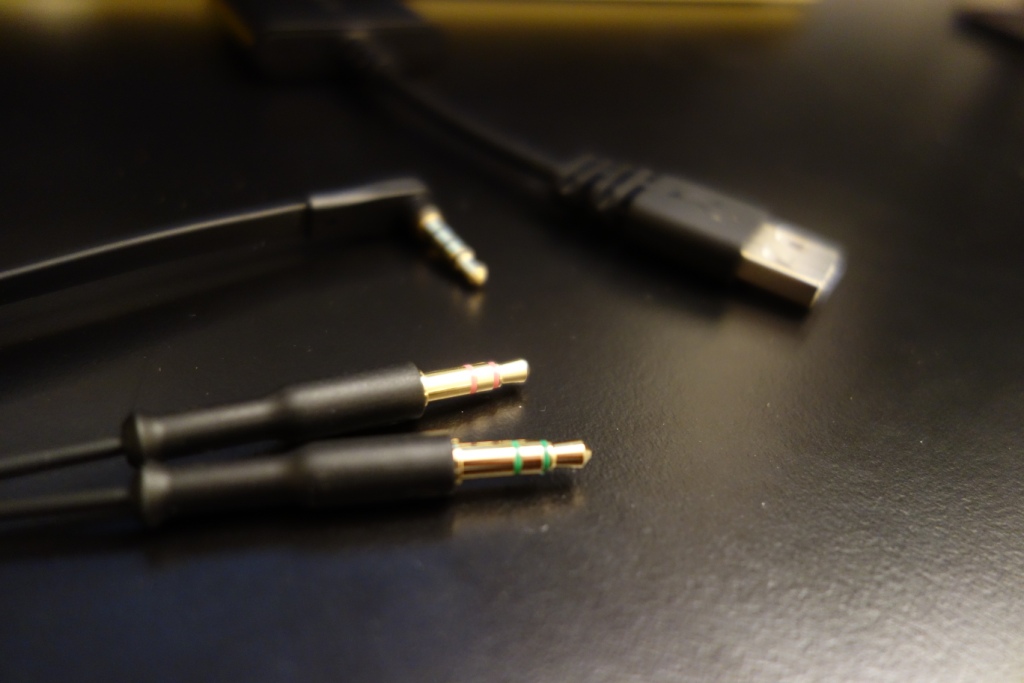
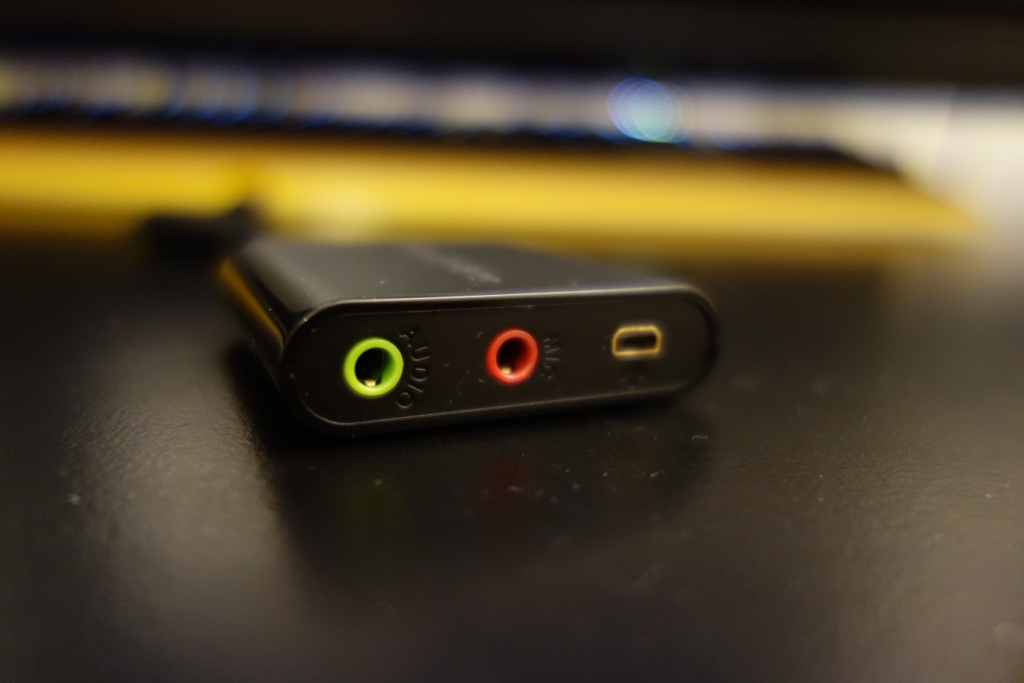
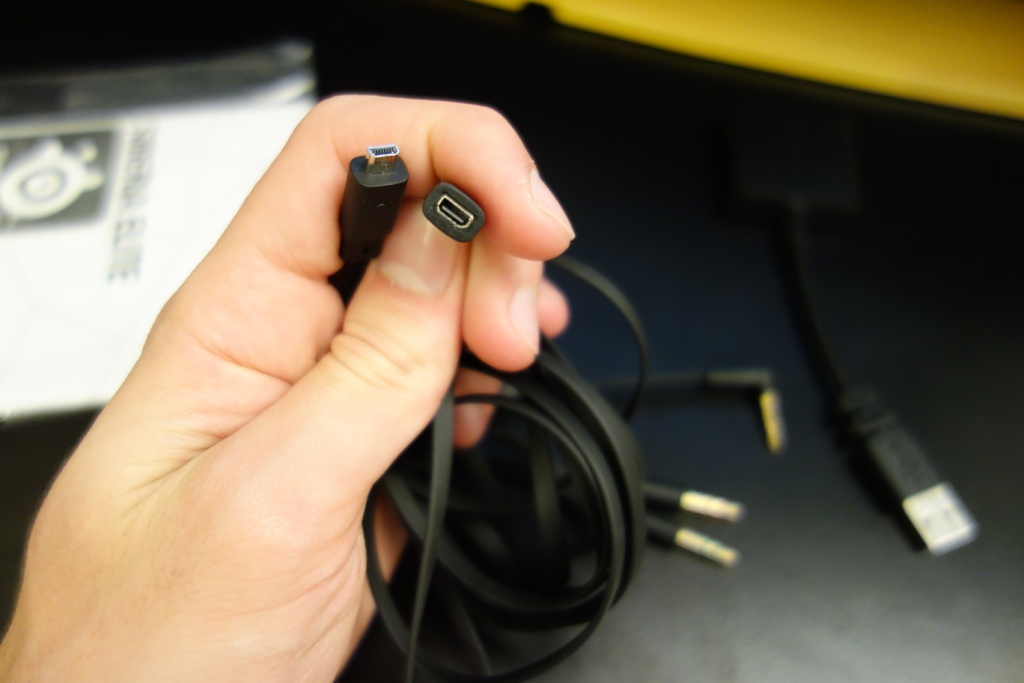
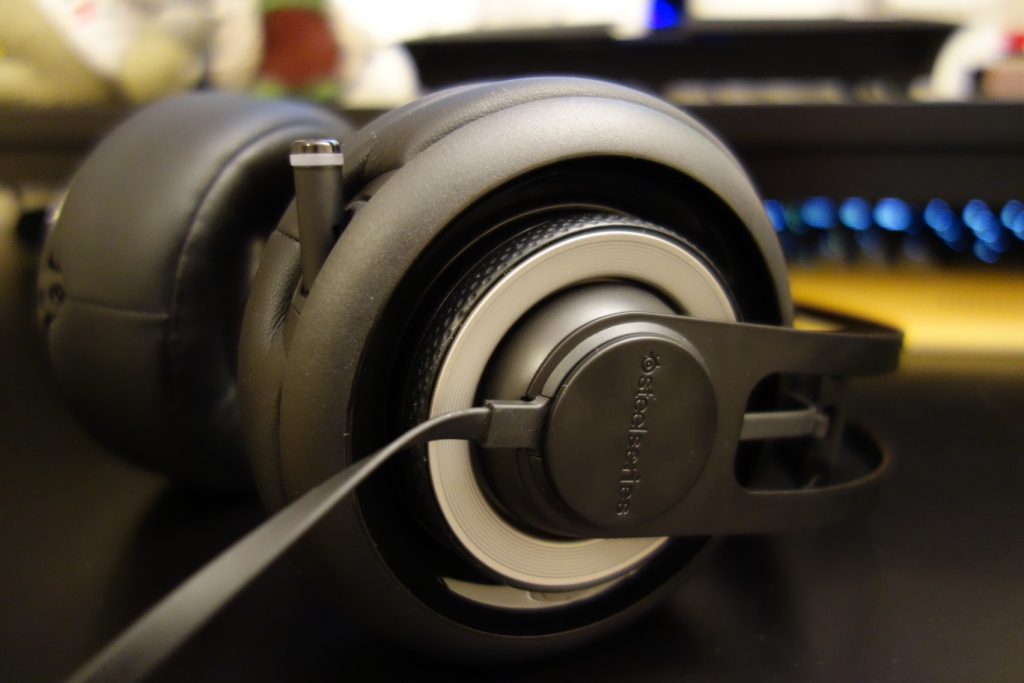
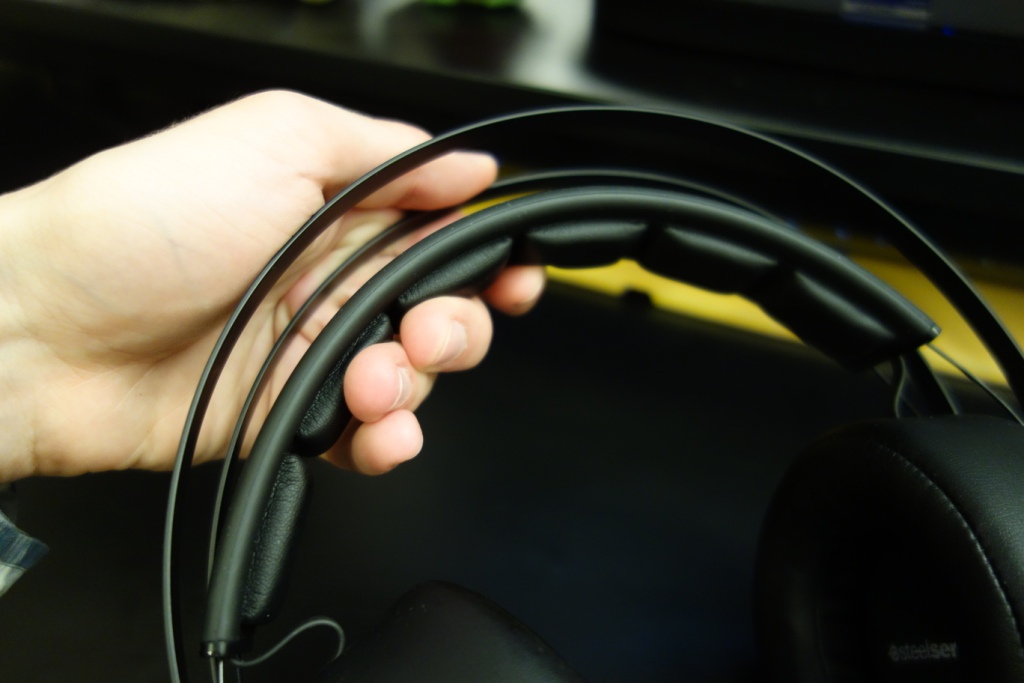
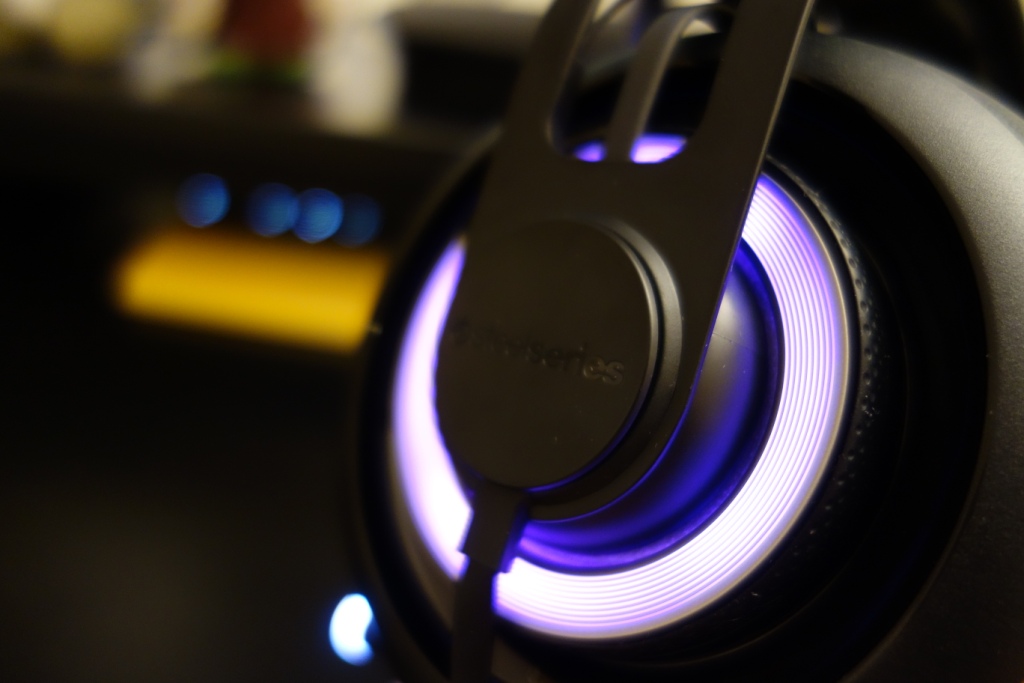
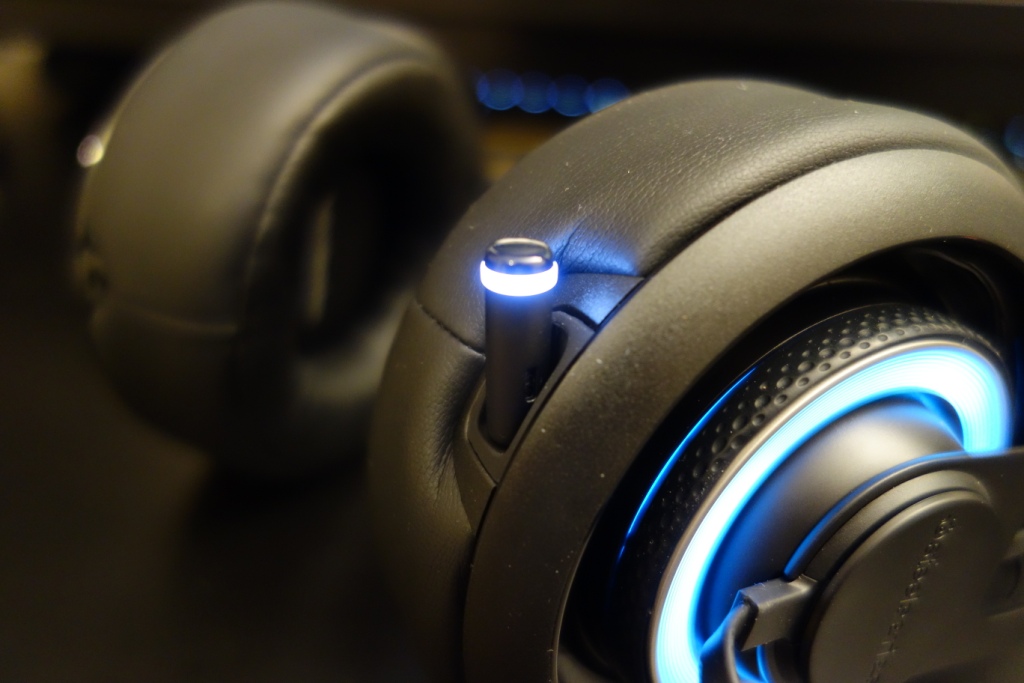
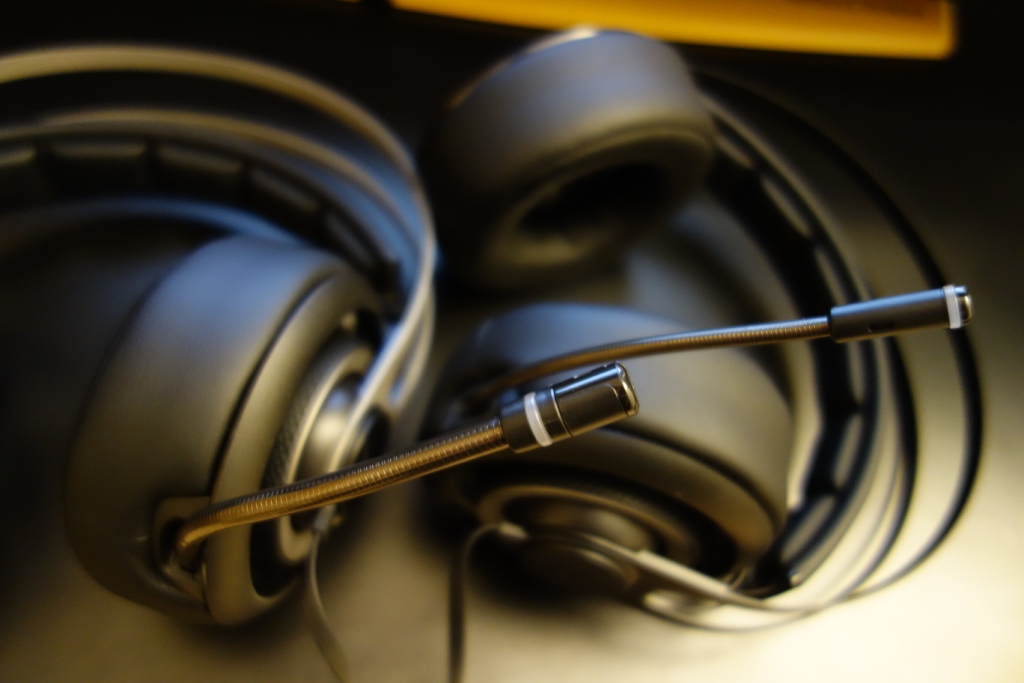
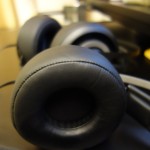
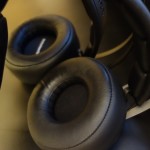
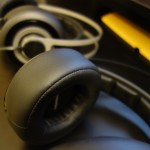
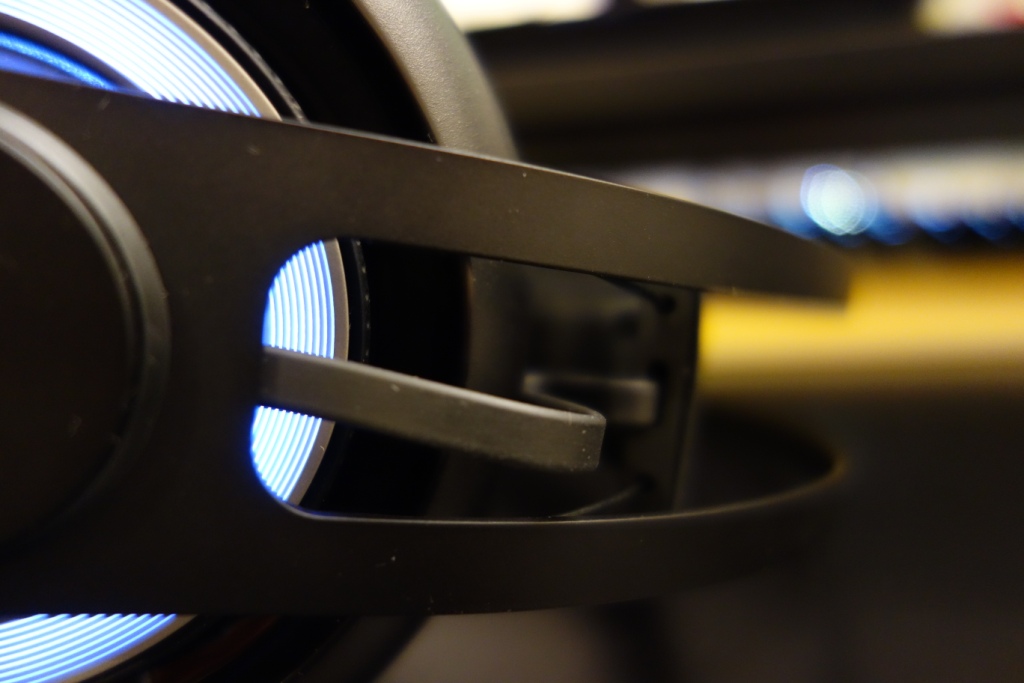
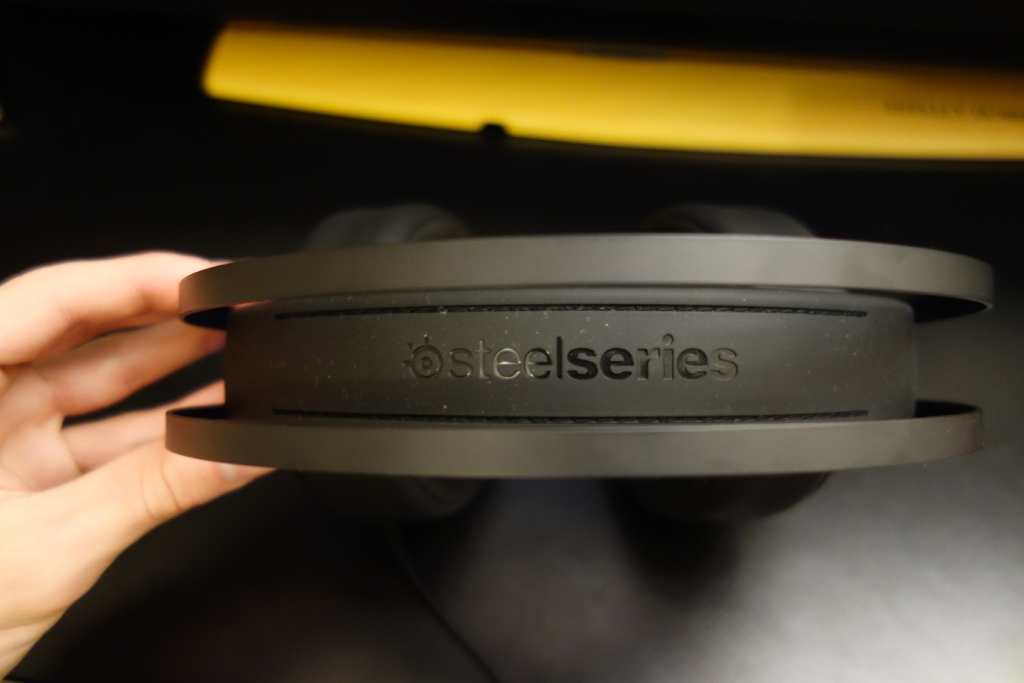
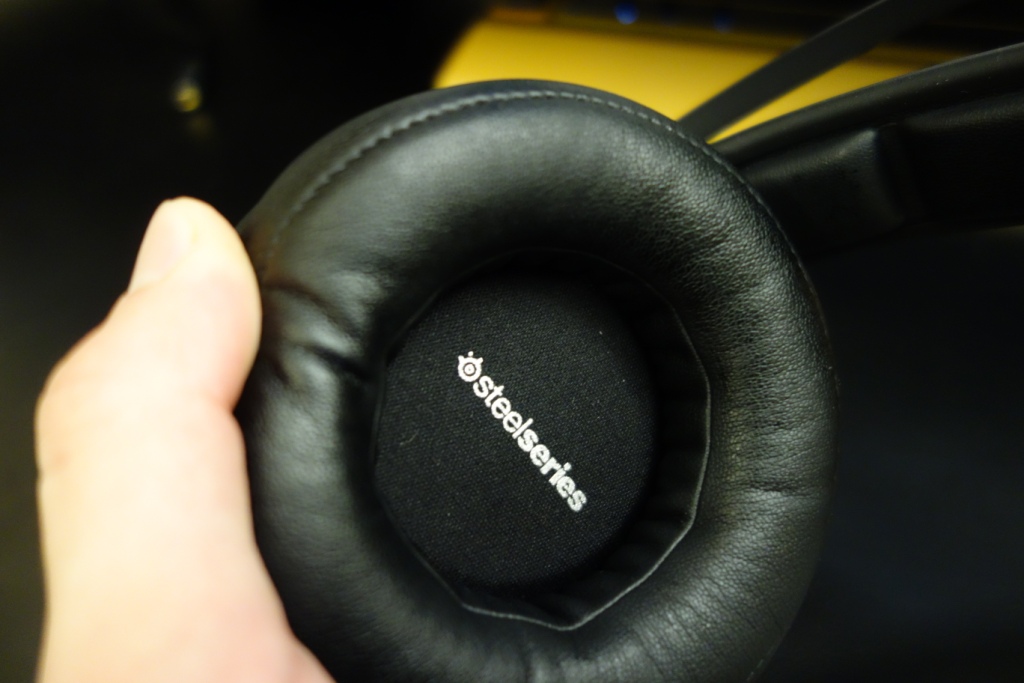



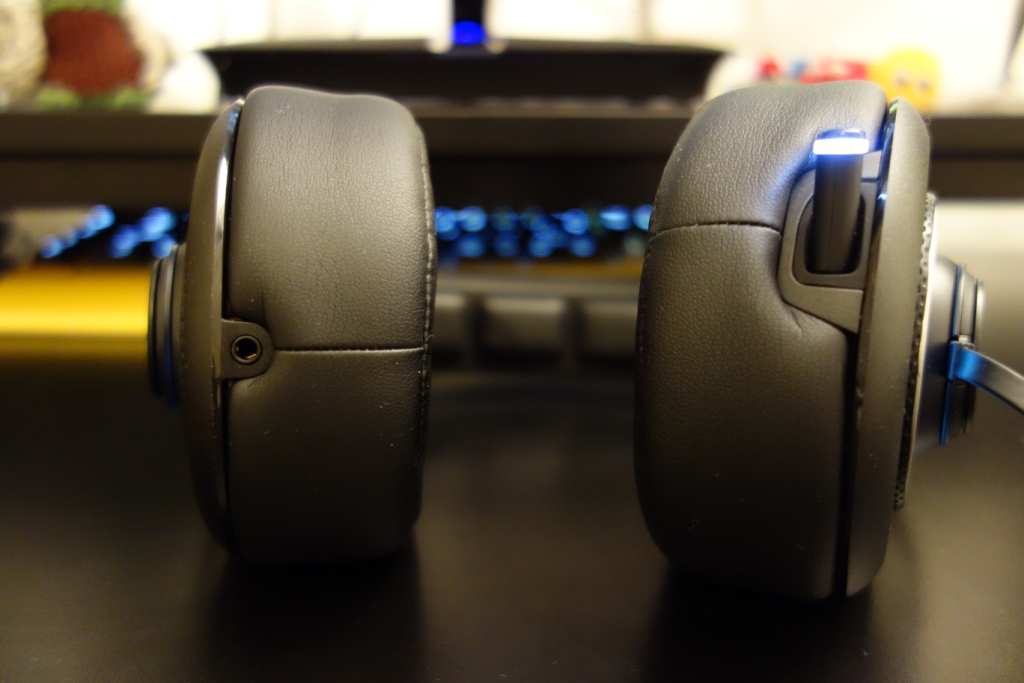
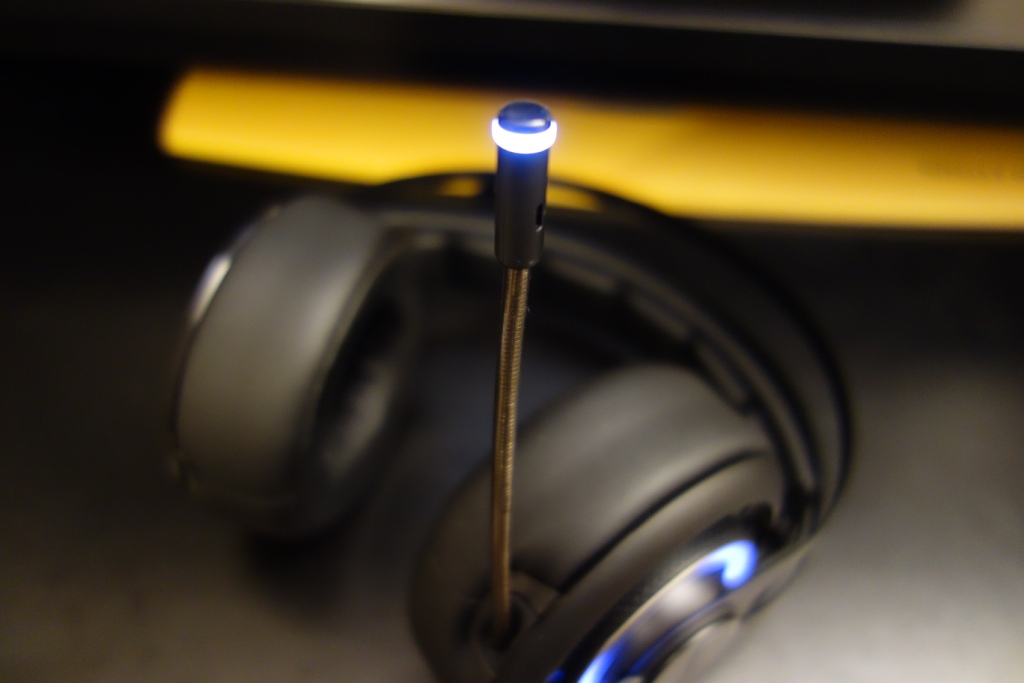
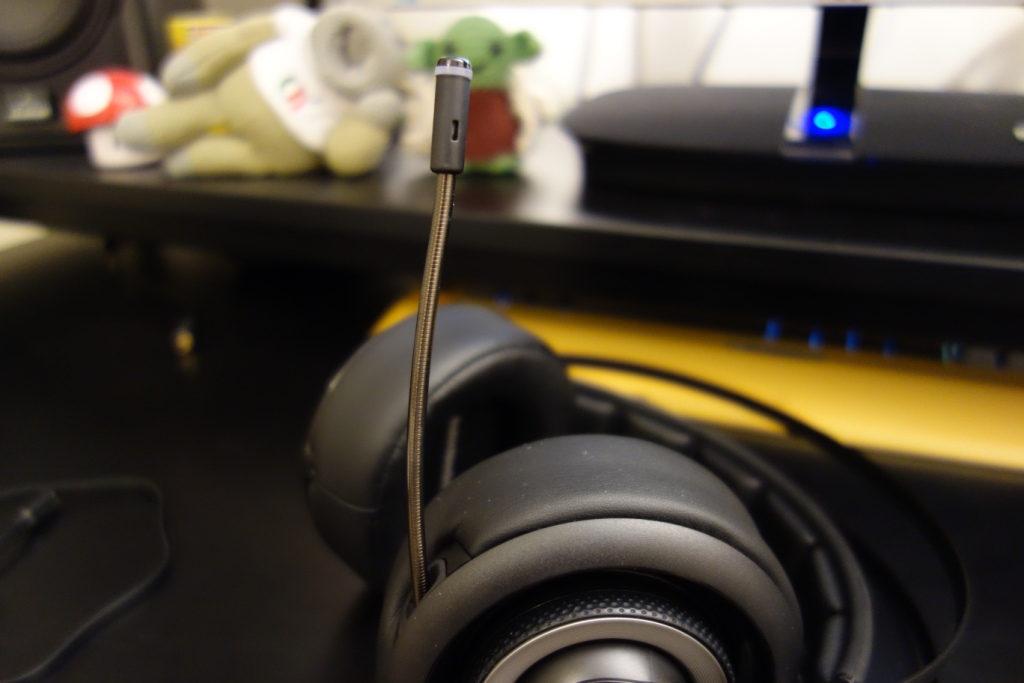
Huge design flaw… the cable is virtually impossible to fix in case it breaks or your pet will chew it… Proprietary… not replaceable, Steelseries will not replace it even if you want to pay for it… no diagram… one will need special soldering tools and a microscope to repair it…
Had two of these… both soundcards failed in less than 2 years… no replacement available…
Sound quality is good but not the best in class.
Steelseries does not stand behind their products… beware!
thanks for sharing!